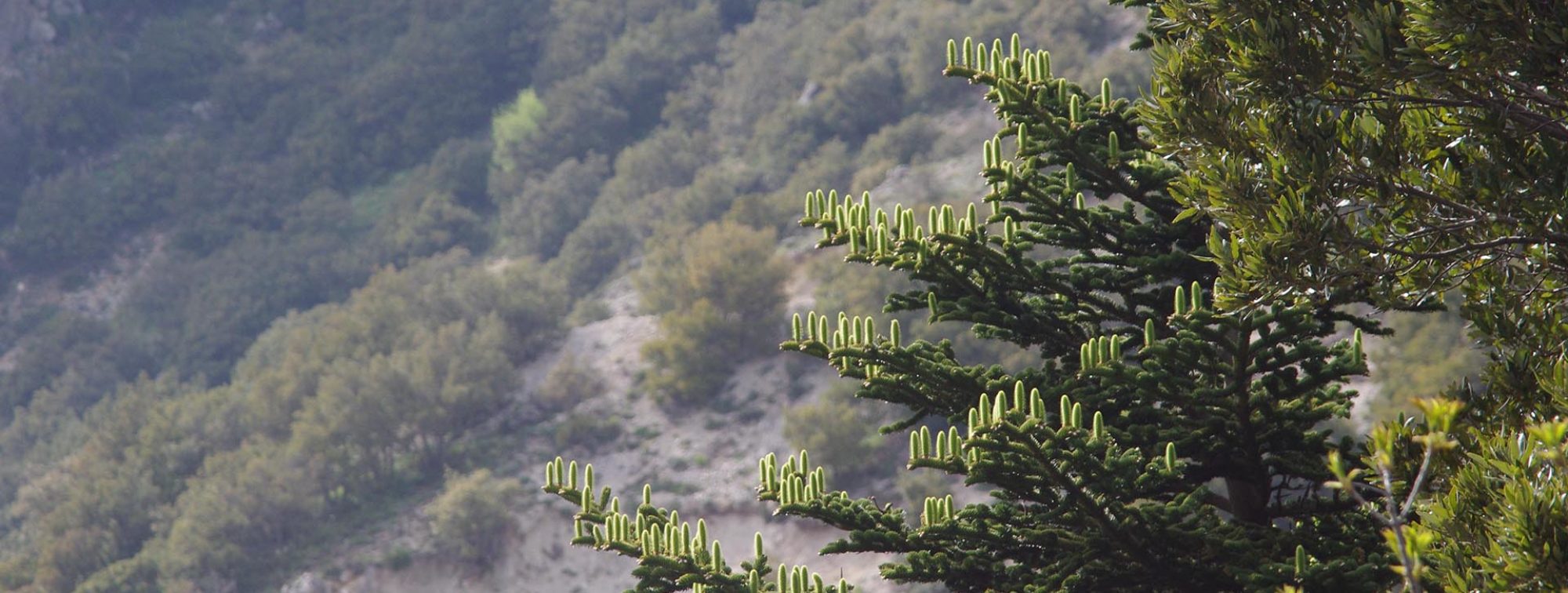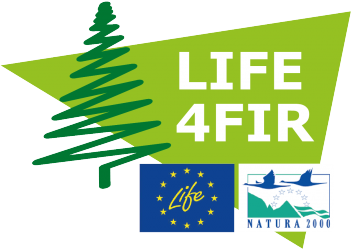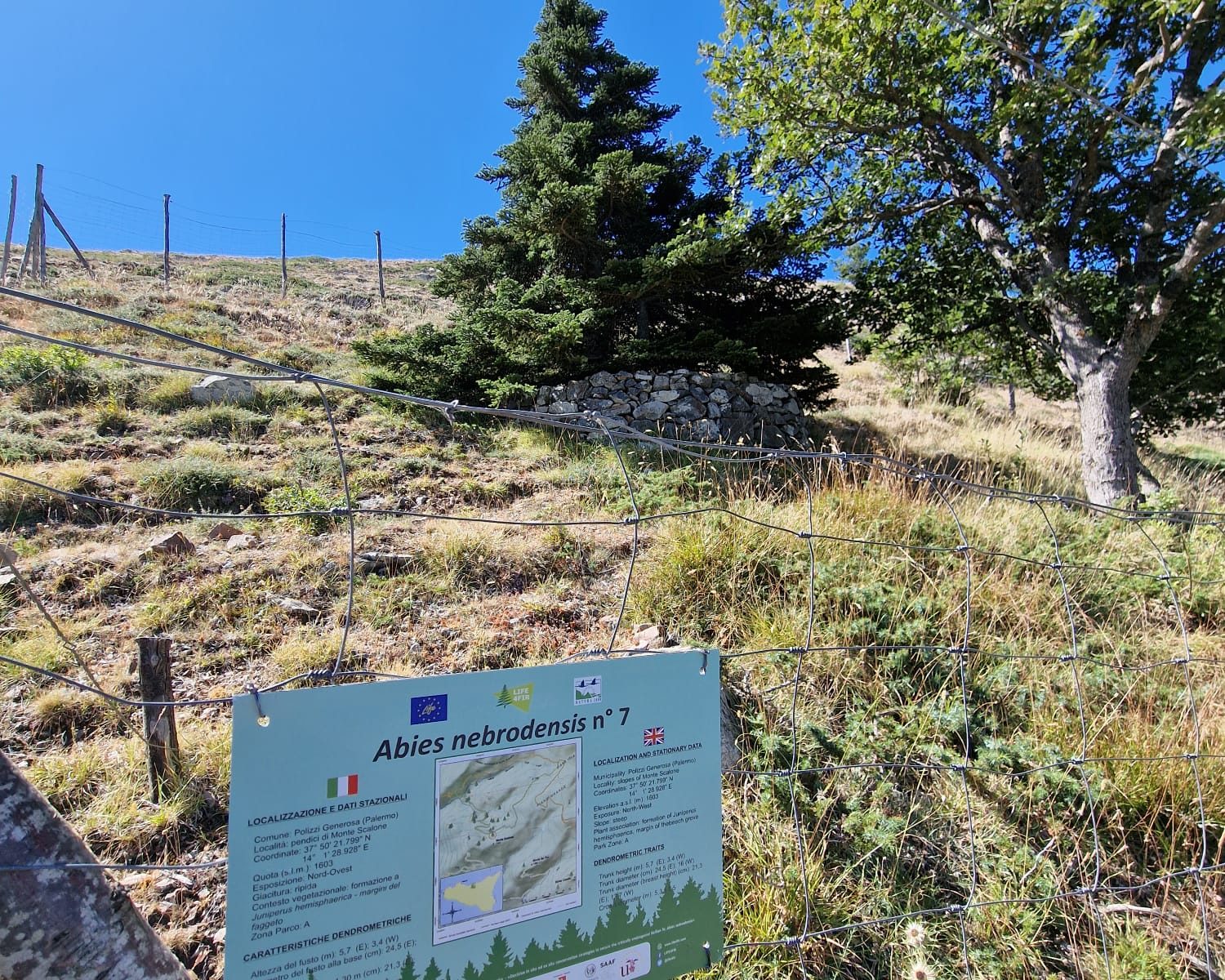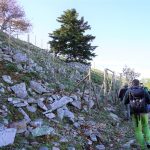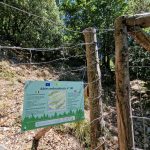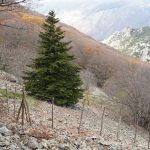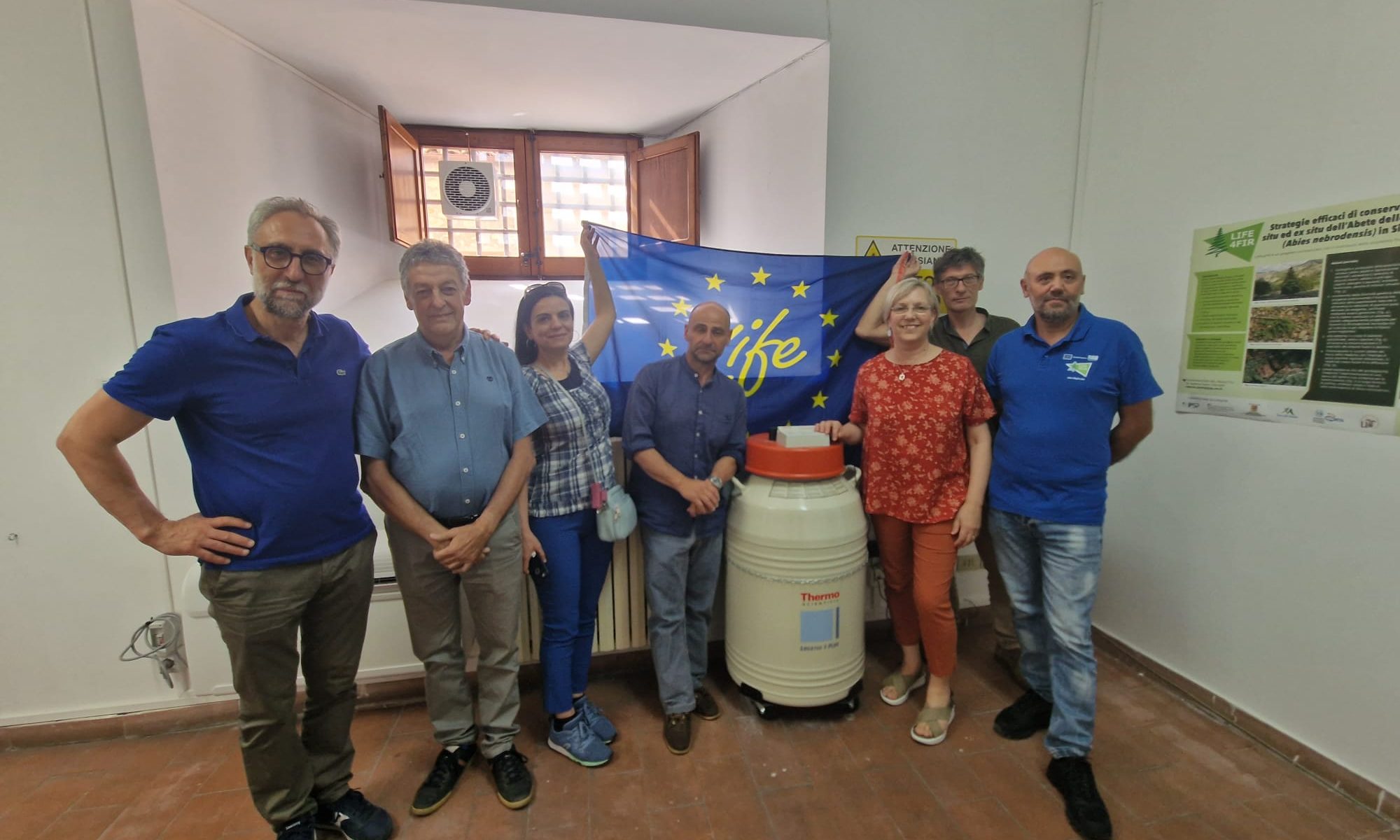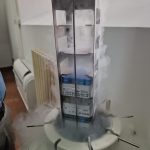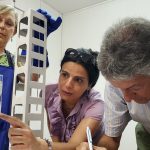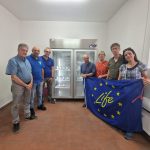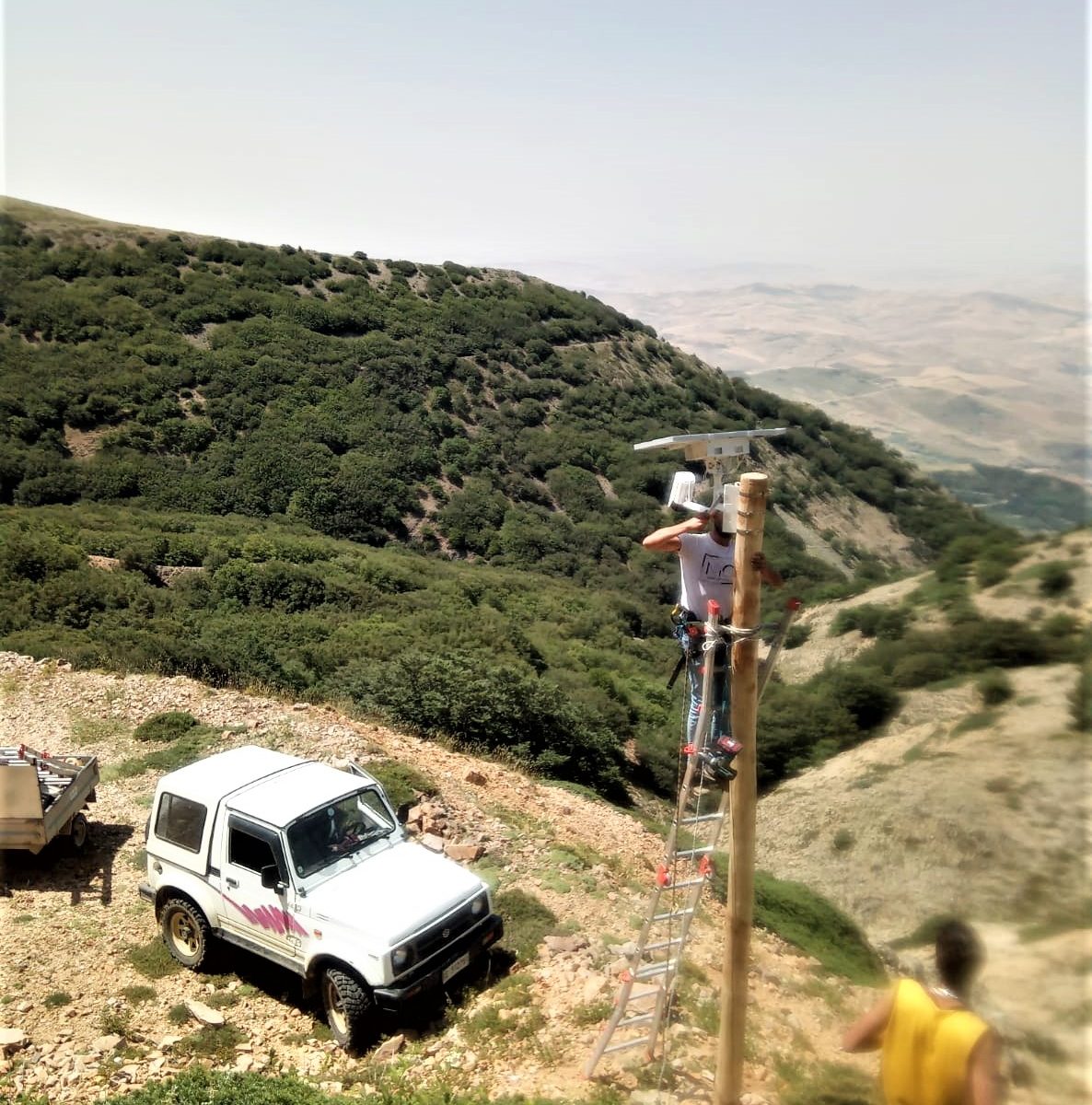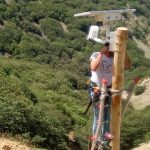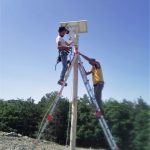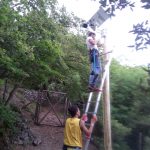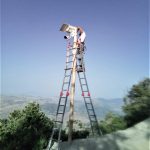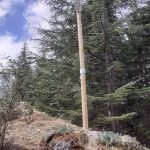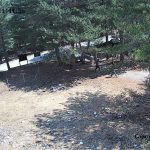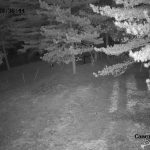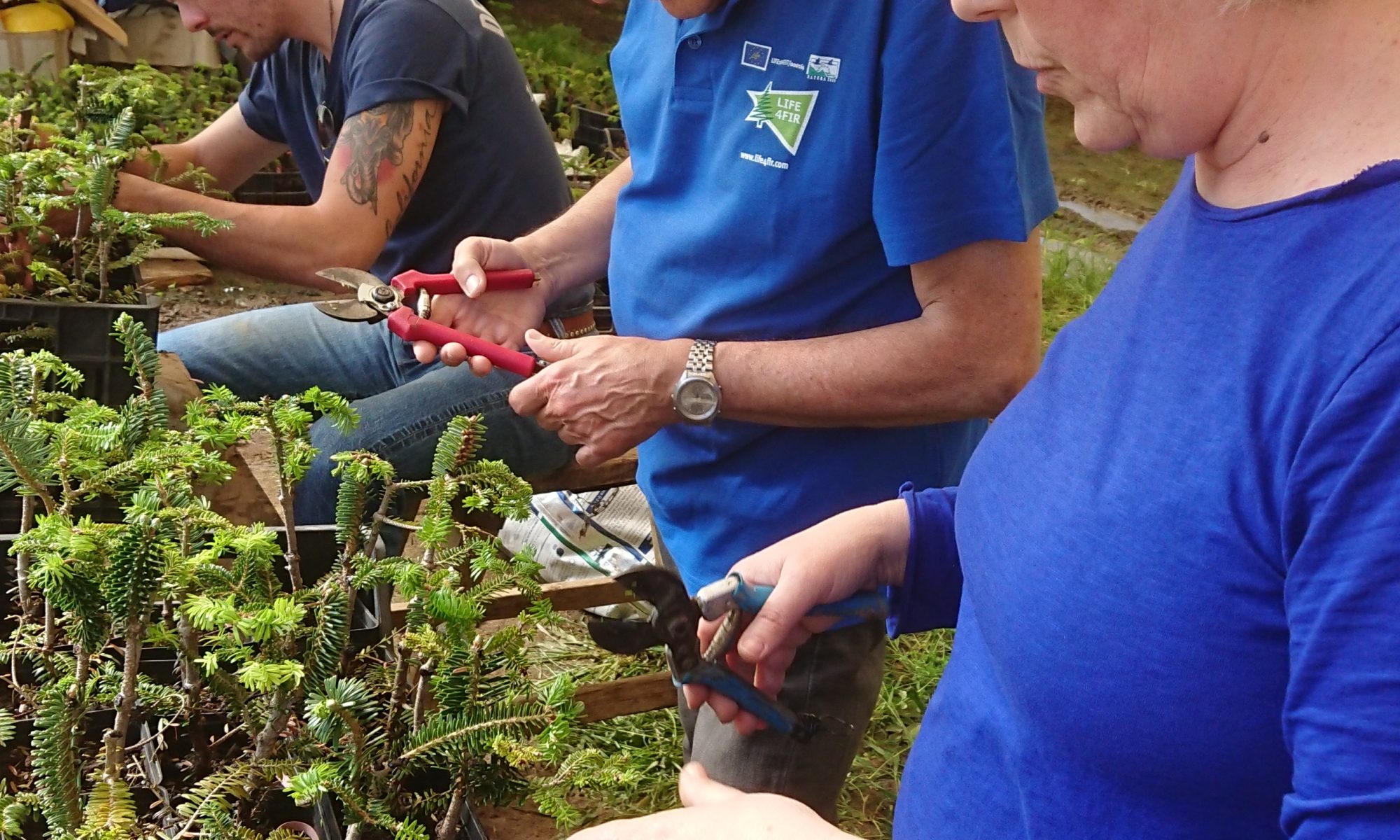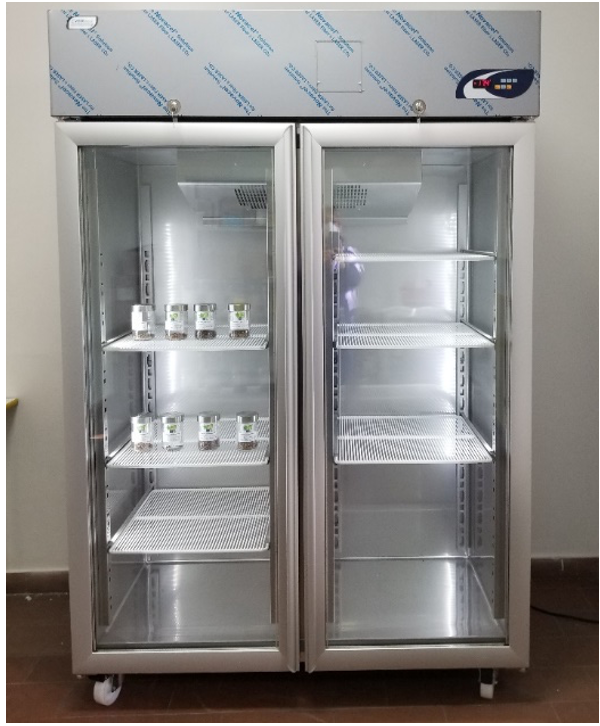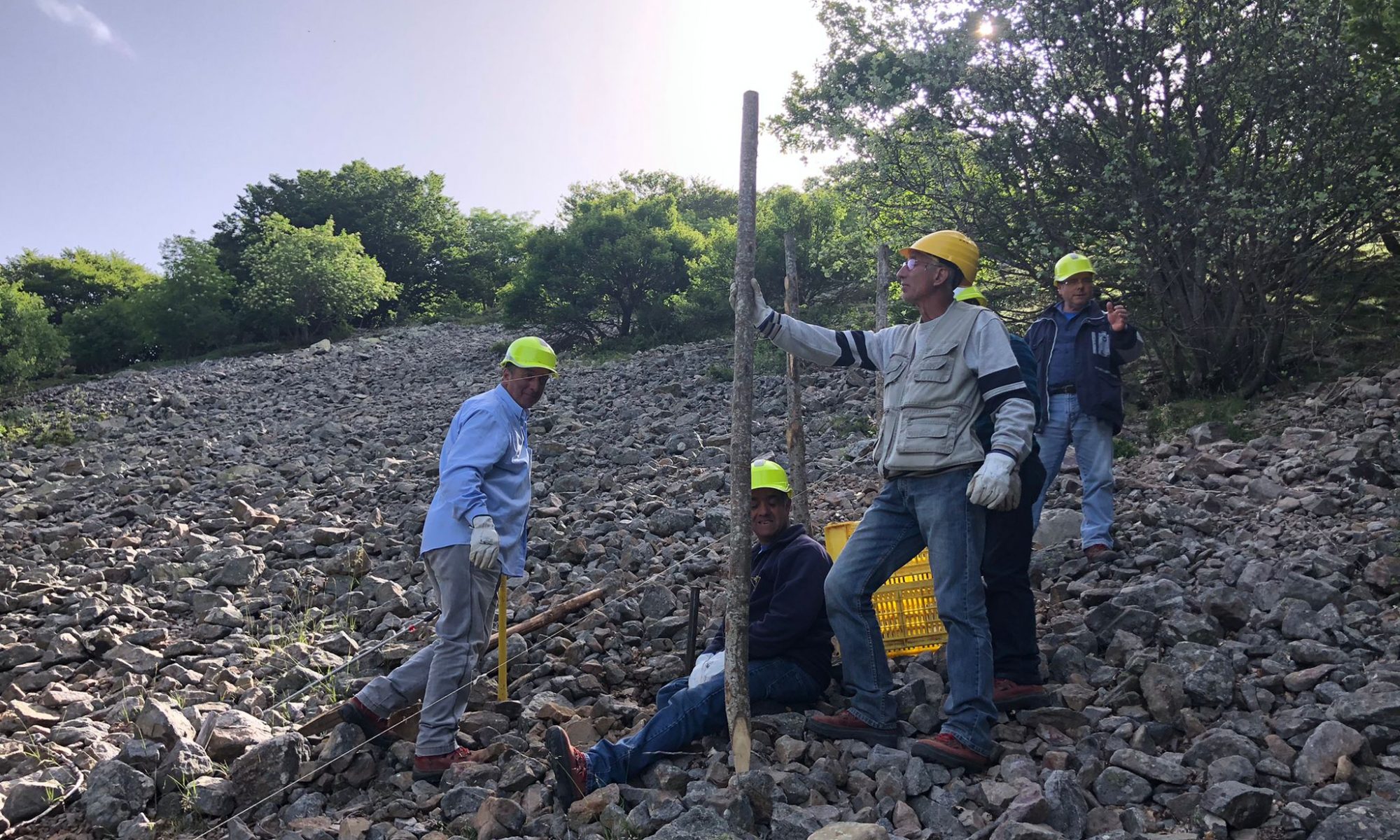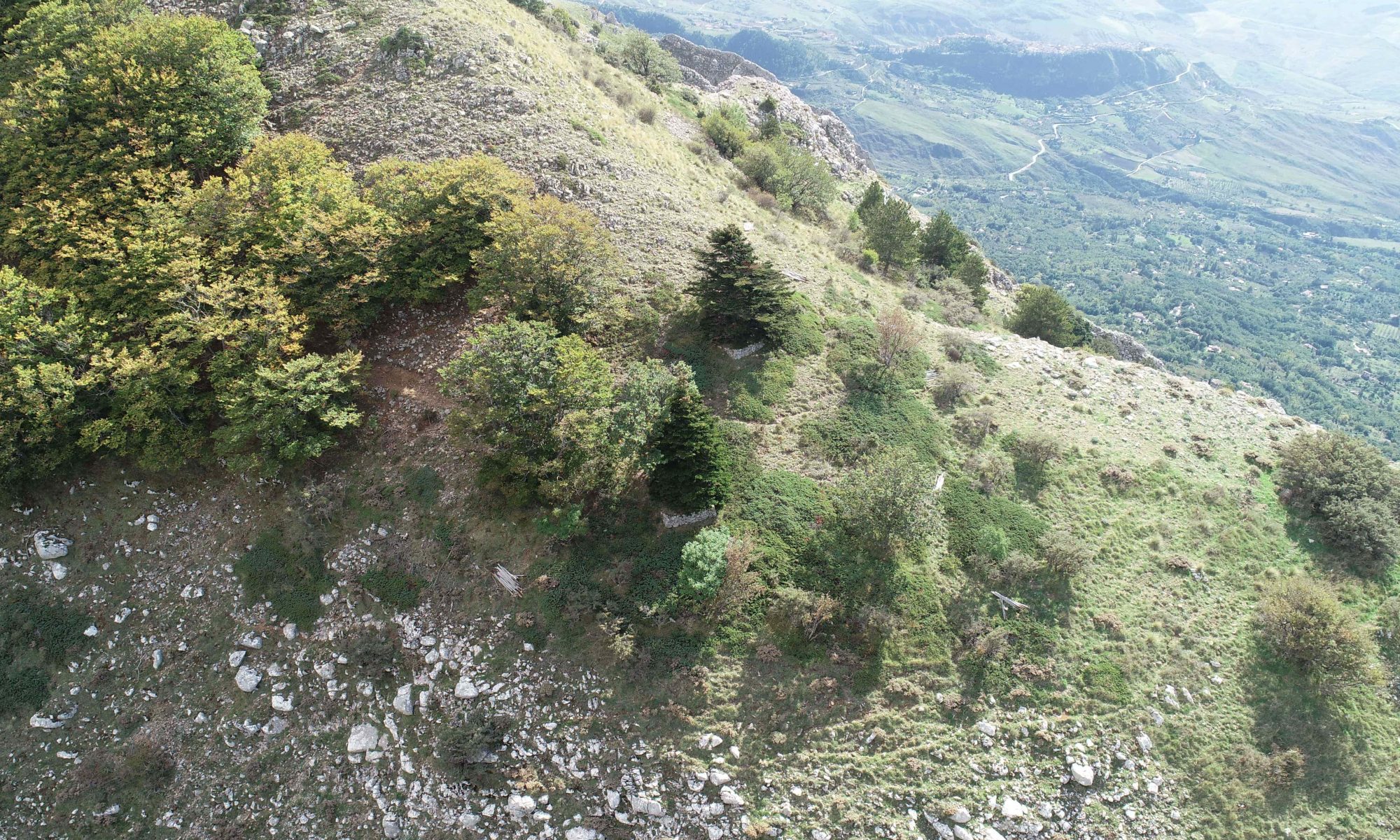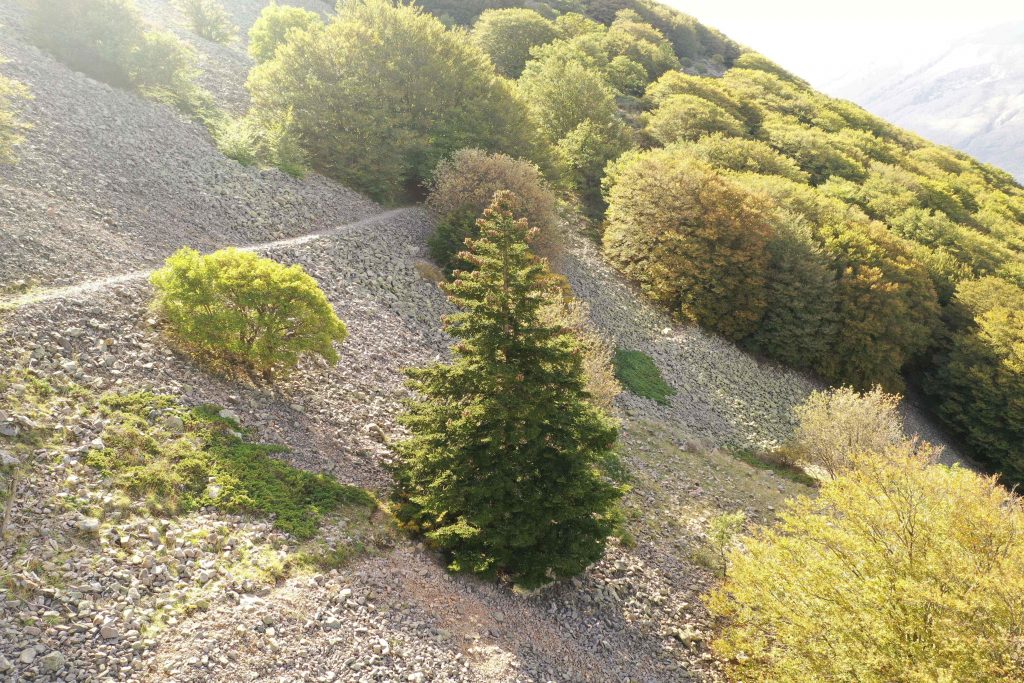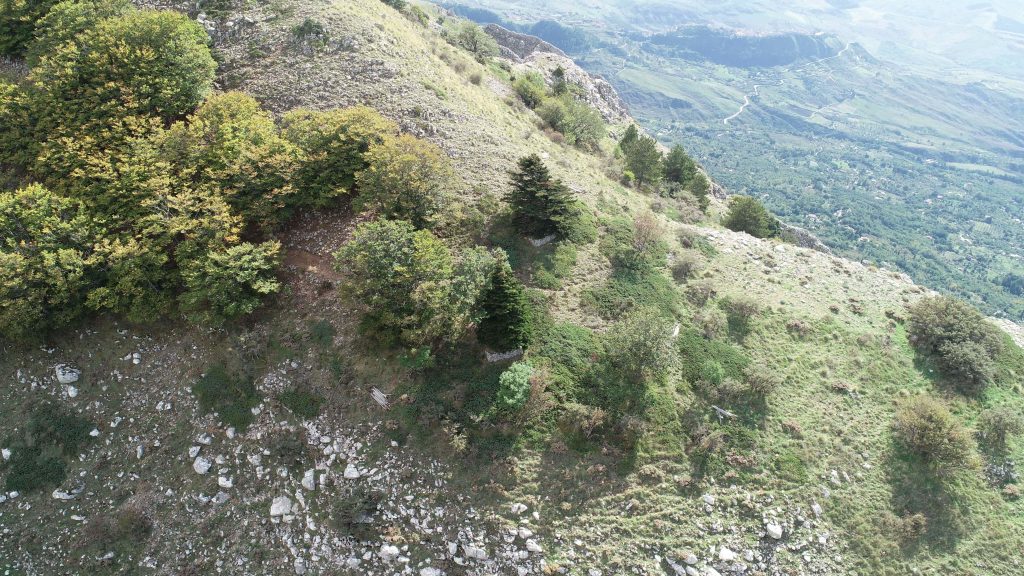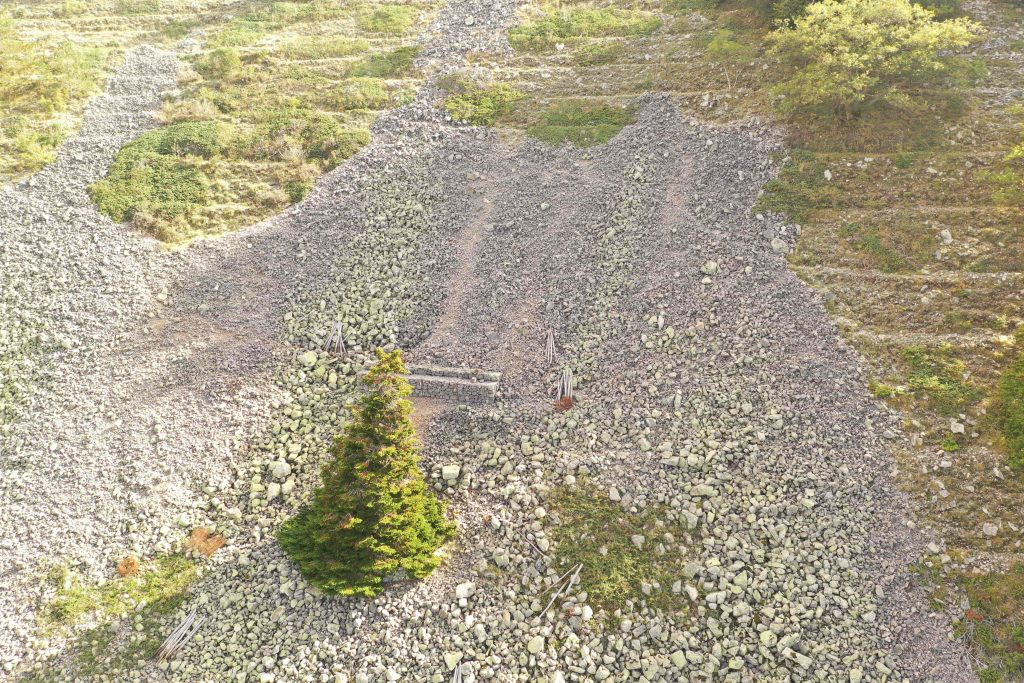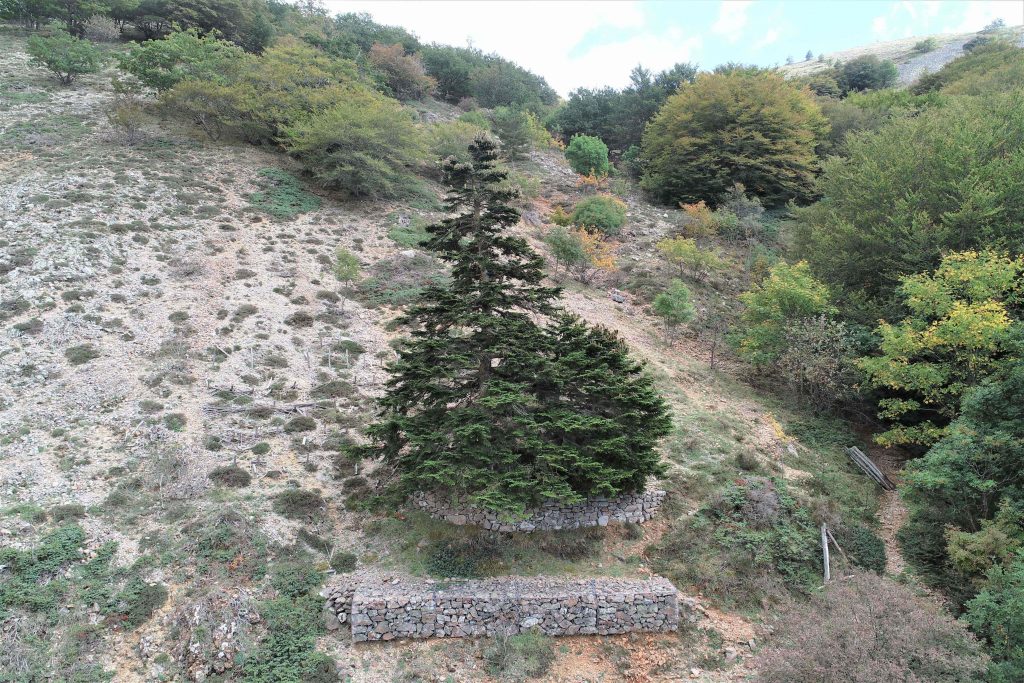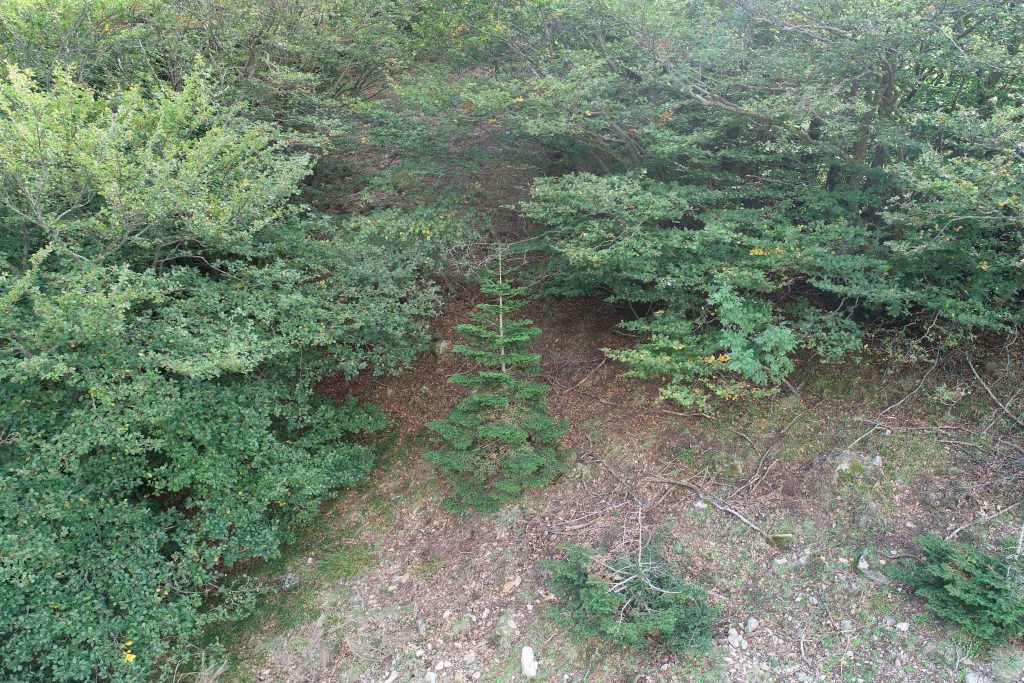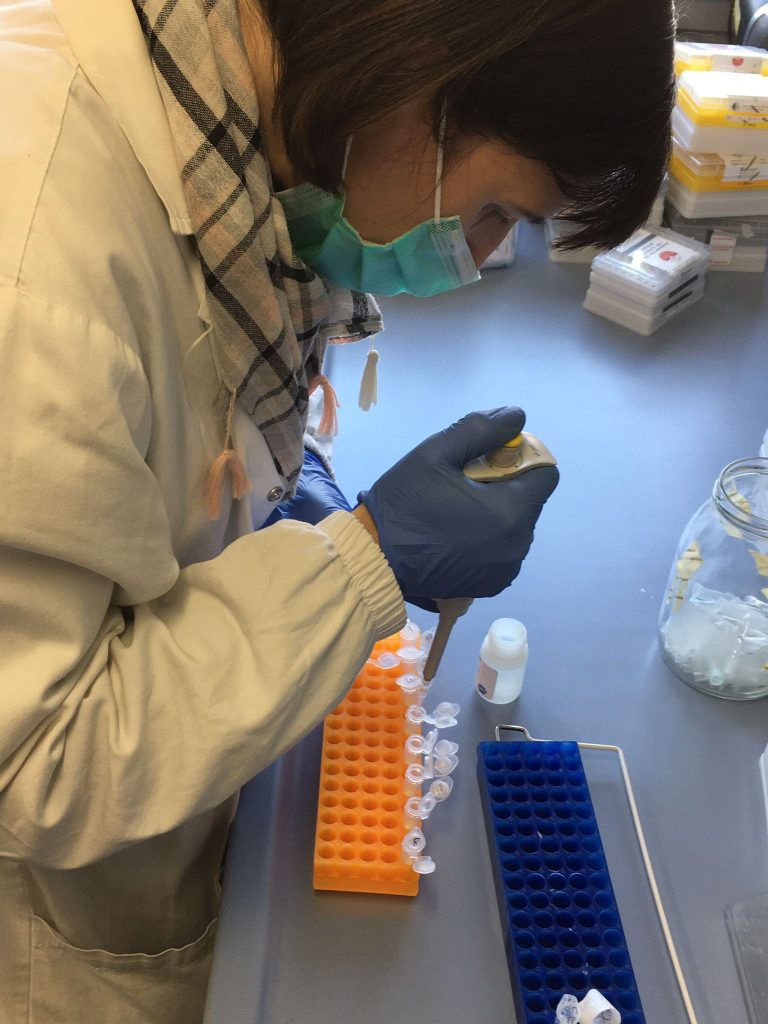Nell’estate del 2021 è stato completato il nuovo sistema di recinzioni a protezione dei 30 alberi del popolamento e della rinnovazione naturale insediata. Sono stati impiegati 1800 pali di castagno alti 2,50 m e oltre 3,5 km sono stati perimetrati con rete e fili metallici. L’area protetta è stata allargata fino a coprire una superficie complessiva di 14000 m2 intorno alle piante di Abies nebrodensis.
Rilievi fitosanitari
Sono state completate le indagini fitosanitarie sugli alberi del popolamento naturale. Queste indagini hanno incluso ispezioni alle chiome, campionamenti di rami affetti da alterazioni (disseccamenti, perdita degli aghi, clorosi) e isolamento di microrganismi fungini. I disturbi osservati sono da mettere in relazione con le condizioni ambientali severe in cui vive Abies nebrodensis e, insieme alla comunità fungina osservata sugli aghi sintomatici e sani (costituita per lo più da patogeni di debolezza e saprofiti) indicano che la specie è in grado di tollerare le restrizioni del suo habitat.
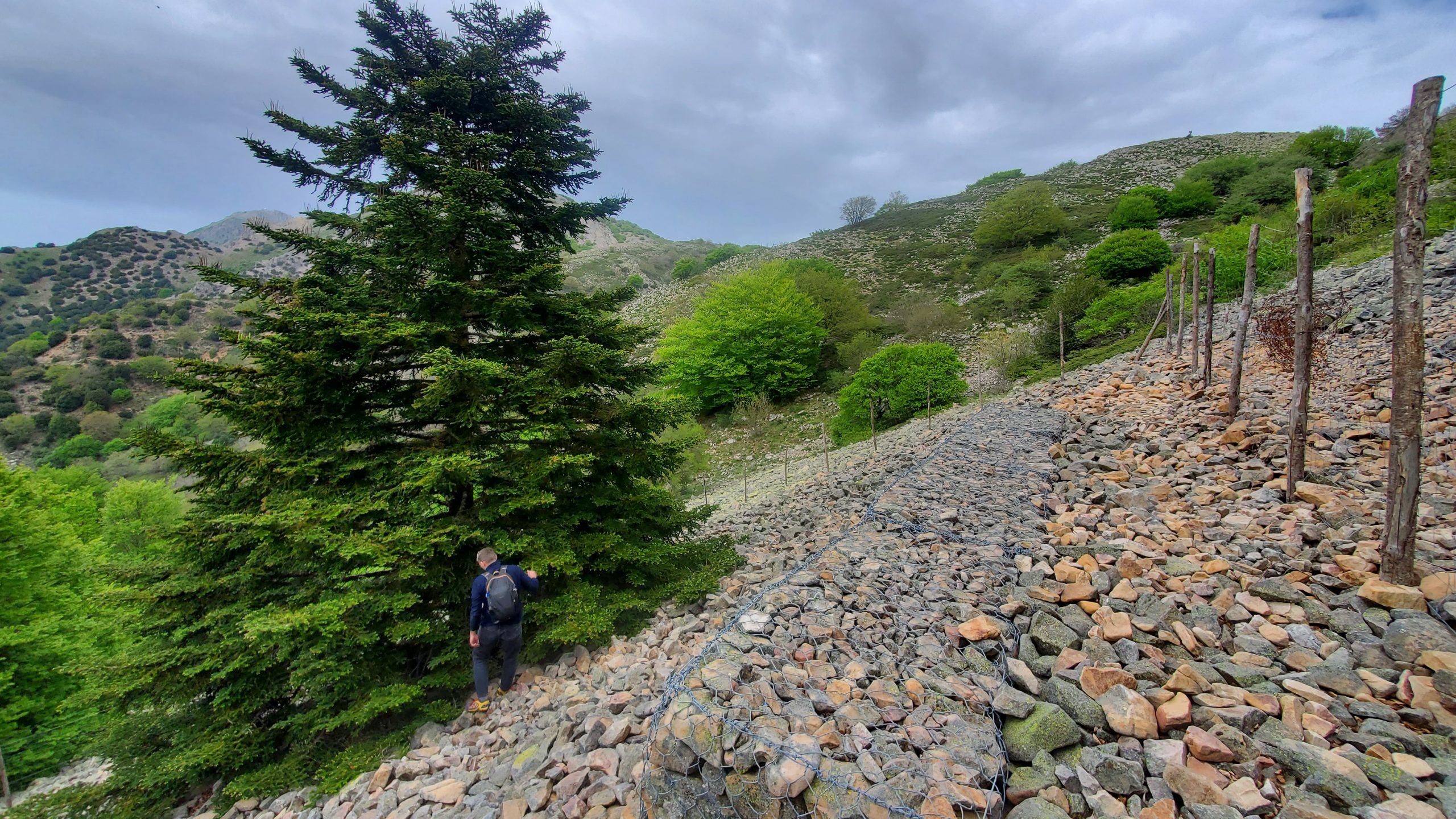
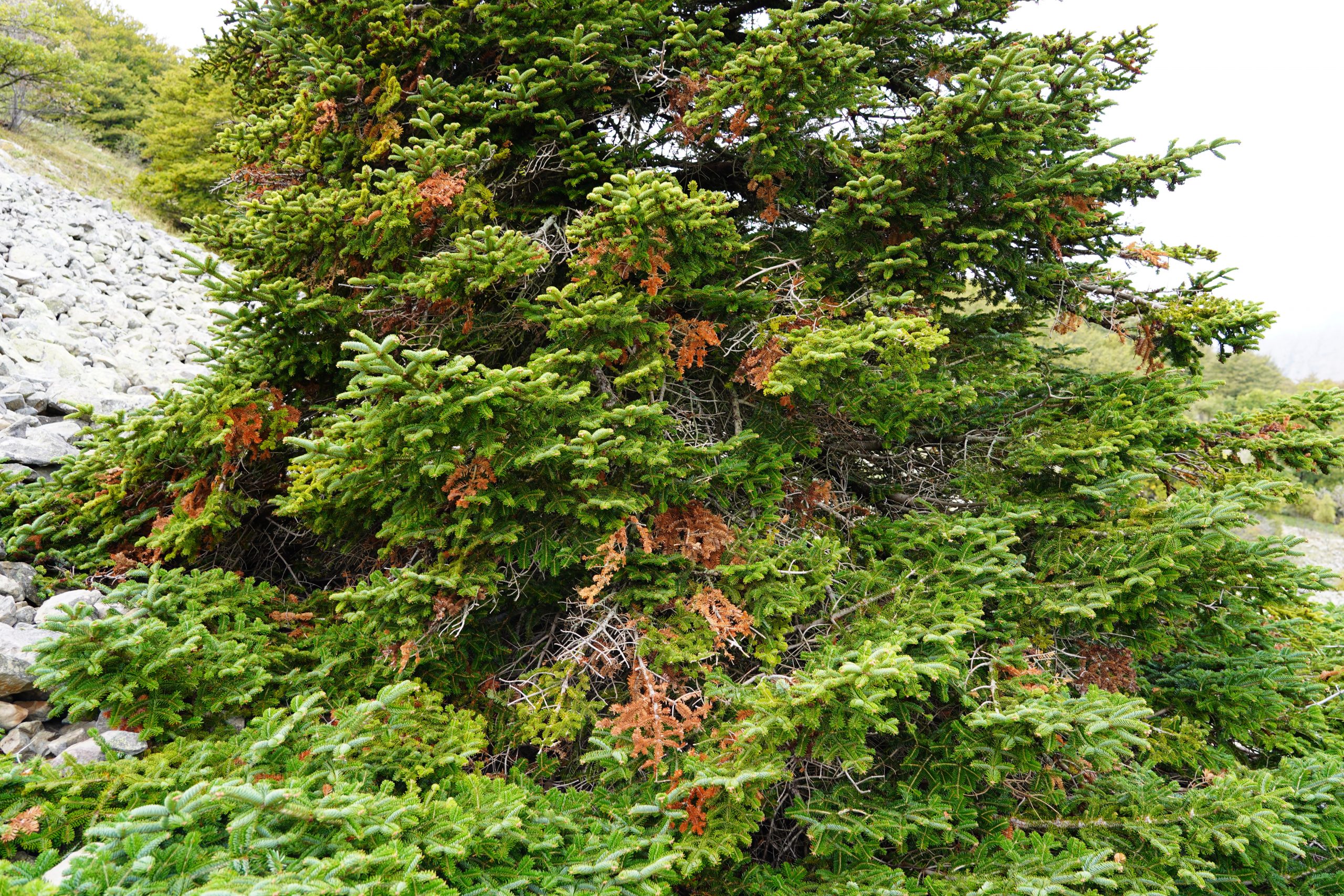
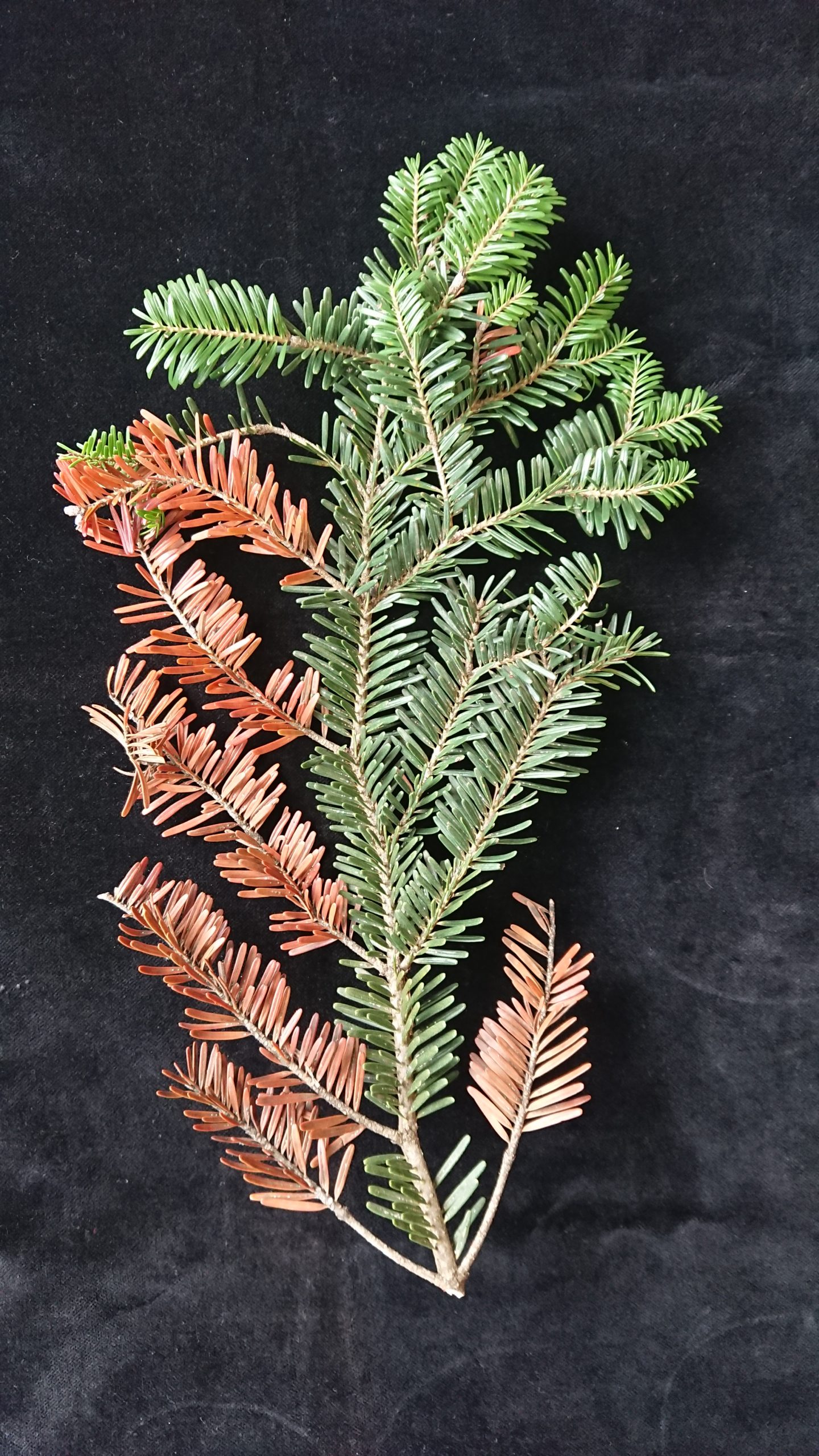
Allestimento dei nuclei di riforestazione
Nella primavera 2023 è iniziata la messa a dimora delle piantine selezionate nelle 10 aree prescelte per la riforestazione e la re-diffusione della specie. Le foto mostrano i nuclei di ripopolamento allestiti a Favarotti (Isnello) e a Mandarini (Petralia Sottana). Recinzioni alte due metri forniscono protezione alle 300 piantine di Abies nebrodensis degli impianti.
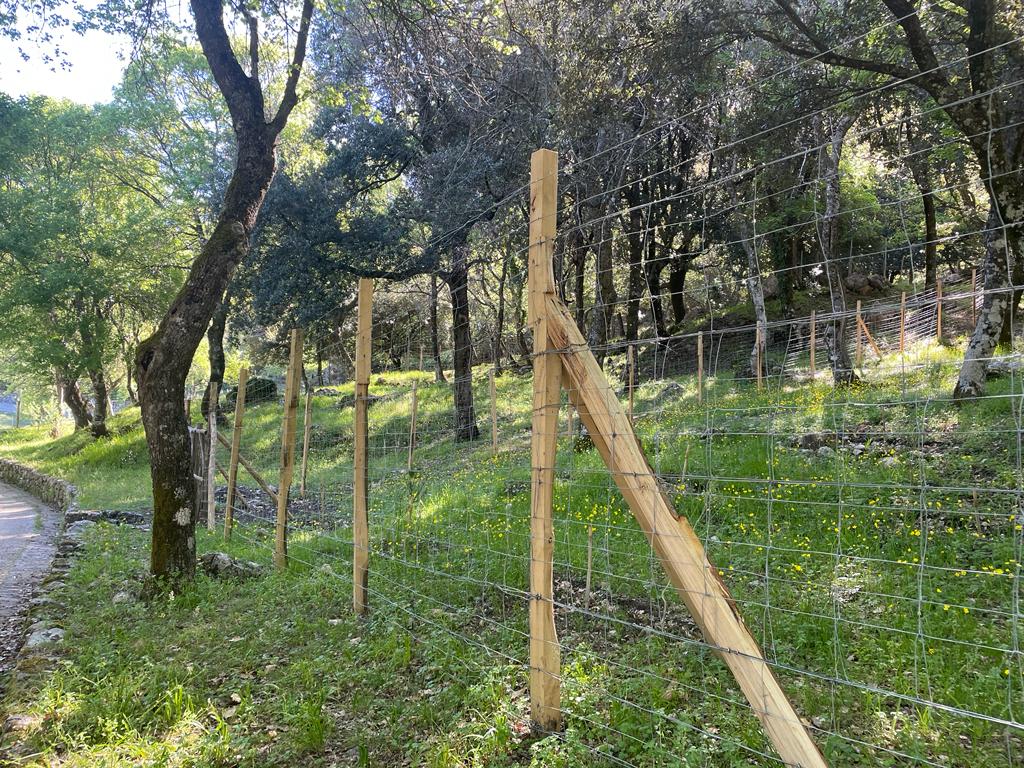
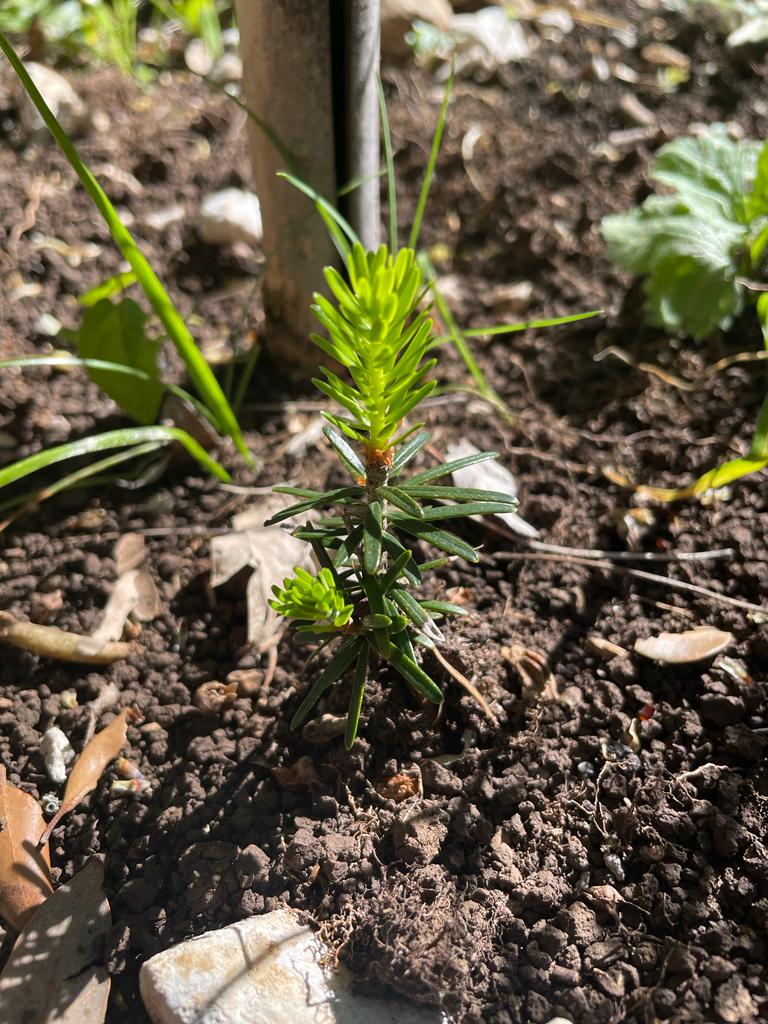
Nella foto qua sotto, una piantina di Abies nebrodensis appena messa a dimora è cerchiata in rosso, mentre le frecce indicano le due piante di ginestra (Spartium junceum) collocate all’interno della buca a protezione della piantina di abete.
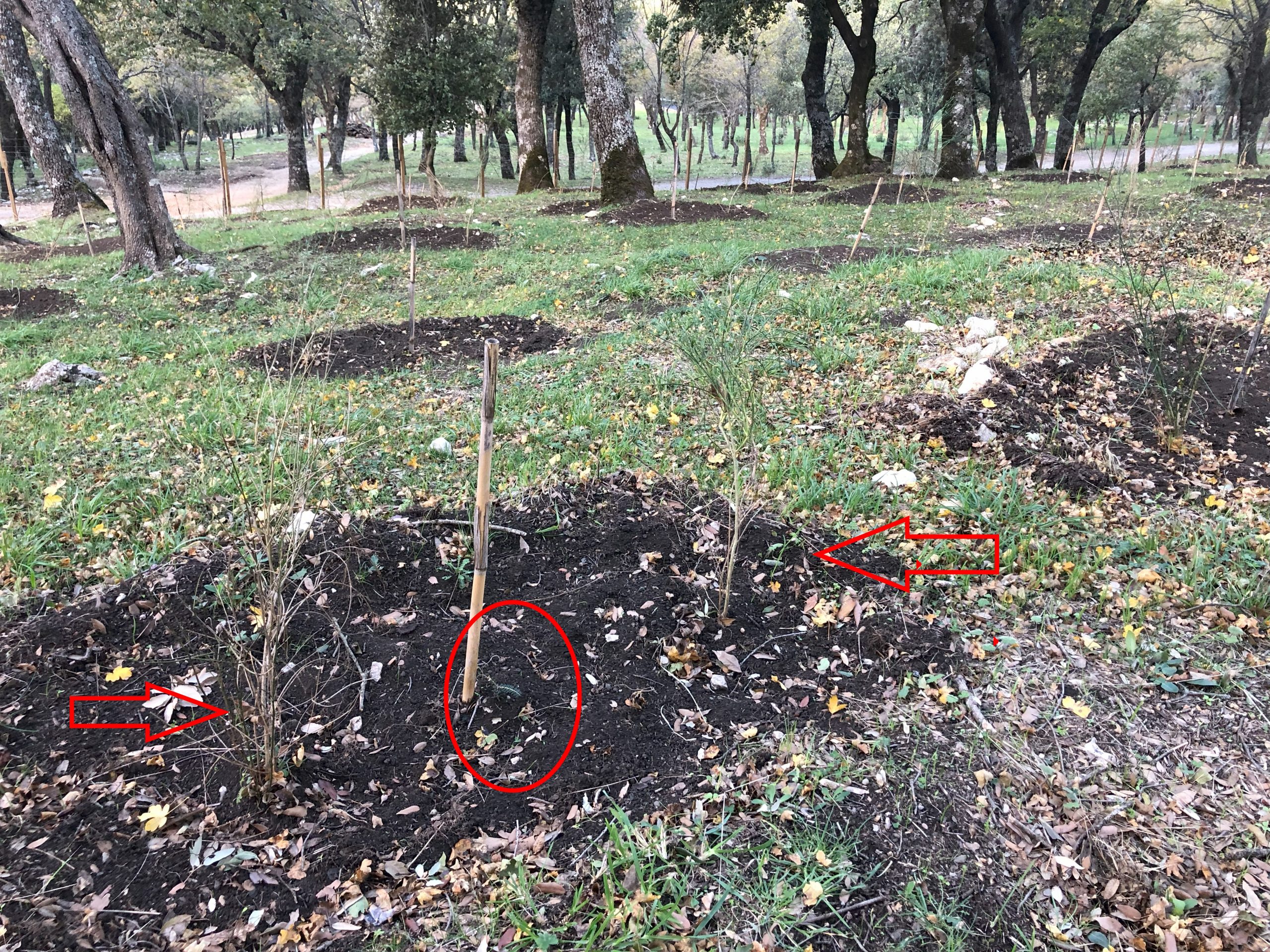
Inaugurazione della Banca del seme e della Criobanca
L’inaugurazione della Banca del seme e della Criobanca sviluppate nell’ambito del progetto LIFE4FIR è avvenuta il 21 Luglio 2023, alla presenza del Sindaco di Polizzi Generosa, Gandolfo Librizzi, e dell’Assessore alle Politiche Ambientali Gaetano Bellavia, oltre ai ricercatori di IBE-CNR e dell’Università di Palermo che hanno sviluppato i protocolli e le procedure. La biobanca è gestita da un dipendente dell’Ente Parco delle Madonie che ha previamente partecipato ad una sessione di formazione specifica per lo scopo.
Il sistema di videosorveglianza del sentiero dell’Abies Nebrodensis è pronto!
Fra le attività del progetto LIFE4FIR è prevista anche la realizzazione di un sistema di videosorveglianza che da un lato rappresenti un deterrente per eventuali attività illecite e, dall’altro, permetta di monitorare l’attività degli erbivori selvatici.
L’impianto si compone di diverse videocamere (alimentate tramite pannelli solari e batterie) che sono state posizionate in determinati punti strategici del sentiero dell’Abies nebrodensis.
Il sistema è stato completato e messo in funzione a giugno 2022. Di seguito alcune foto scattate durante l’installazione delle camere e l’attivazione dell’impianto.
Nuove piantine di Abies Nebrodensis crescono!
Nel periodo di marzo-aprile 2022 gli alberi del popolamento naturale sono stati moltiplicati per innesto, al fine di allestire l’arboreto clonale.
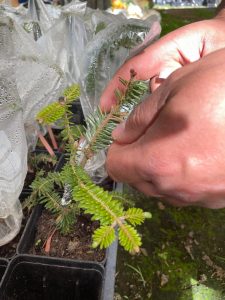
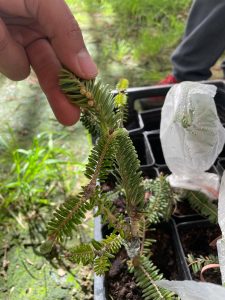
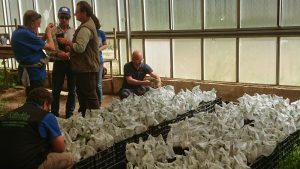
Grazie al protocollo messo a punto nell’ambito del progetto LIFE4FIR, si è ottenuto un tasso di attecchimento e sopravvivenza delle piantine molto maggiore rispetto alle esperienze precedenti.
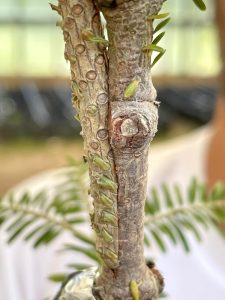
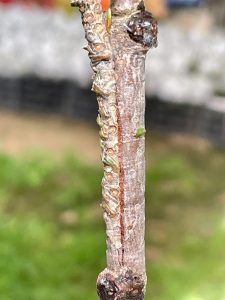
Messa in funzione della banca del seme e della criobanca
La stanza dedicata alla banca del seme e alla crio-banca è stata allestita presso il MAN (Museo dell’Abies nebrodensis) di Polizzi Generosa.
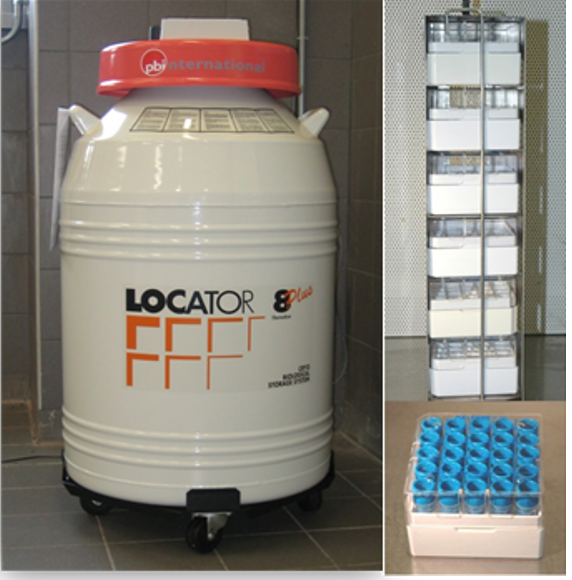
La strumentazione e i dispositivi di sicurezza sono stati installati e la banca del seme è entrata in funzione all’inizio del 2022. I lotti di seme vengono aggiunti progressivamente alla collezione conservata a -18 gradi centigradi. La piena operatività della crio-banca è prevista per la primavera 2023.
Aggiornamento estivo dei progressi in campo del progetto LIFE4FIR
La germinazione delle piantine in vivaio
Le piantine ottenute dagli incroci controllati effettuati nella primavera del 2020 sono da poco germinate e sono in fase di accrescimento presso il vivaio forestale ‘Piano Noce’. Lo sviluppo delle plantule è monitorato dai ricercatori dell’UNIPA e dai tecnici del DRSRT. Queste piantine saranno utilizzate per realizzare nuovi impianti nei nuclei di riforestazione e re-diffusione della specie individuati.
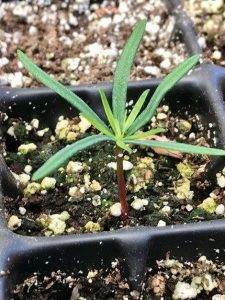
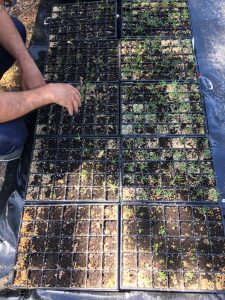
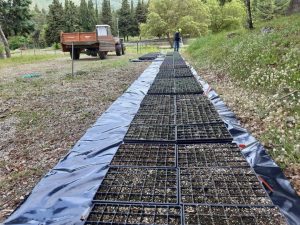
In allestimento il sistema di recinzioni a protezione degli Abies Nebrodensis
I tecnici e gli operai del DRSRT sono impegnati nell’allestimento del nuovo sistema di recinzioni, in sostituzione delle vecchie recinzioni ormai deteriorate. Le nuove recinzioni sono più alte delle precedenti e racchiudono una superficie più ampia intorno agli alberi del popolamento naturale, permettendo di proteggere dagli erbivori selvatici e dalla pressione antropica la rinnovazione naturale in fase di sviluppo, recentemente censita.
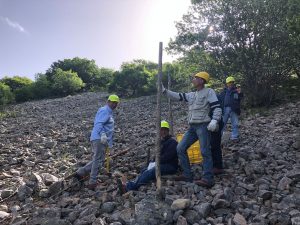
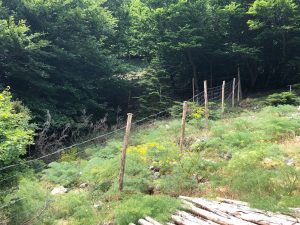
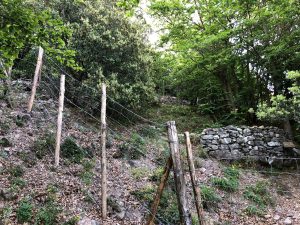
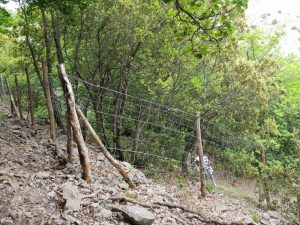
Aggiornamento sull’Azione A 1.4 “Seed conservation at low temperature (-18°C), application of cryopreservation protocols”
Continuano le attività del progetto LIFE4FIR, che attualmente è alla presa con l’azione progettuale A 1.4 ‘Seed conservation at low temperature (-18°C), application of cryopreservation protocols’.
Sono avviate le attività finalizzate a mettere a punto tecniche di conservazione a basse temperature di semi, polline, embrioni isolati e linee di callo embriogenico di Abies nebrodensis. Tali attività sono funzionali all’implementazione della banca del seme e della criobanca.
Screening dei semi tramite Raggi X.
Il problema dei semi vani rappresenta il principale ostacolo nella germinazione dei semi di Abies nebrodiensis. L’analisi tramite Raggi X è una tecnica messa a punto da IBE-CNR per la selezione rapida dei semi di Abies nebrodensis con embrione e dei semi vuoti (Figura 1). Questa procedura permette uno screening massale dei semi da destinare alle prove di germinazione o da porre in conservazione a -18°C.
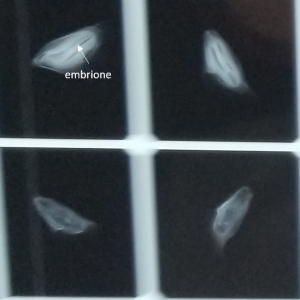
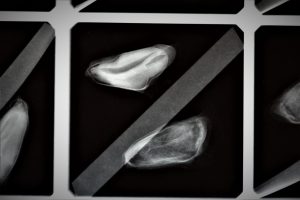
Figura 1 e Figura 2. Semi maturi di Abies nebrodiensis osservati ai raggi X per la selezione di semi con embrione (fotogrammi in alto) e semi vani (fotogrammi in basso)
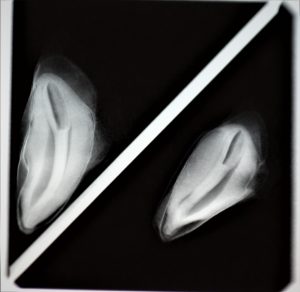
Figura 3. Semi maturi di Abies nebrodiensis con embrione, osservati a raggi X
Prove di germinazione e coltura
Presso i laboratori di CNR-IBE e Unipa-Saaf sono state condotte prove di germinazione in vitro di semi conservati a -18°C ed embrioni estratti da semi maturi e tenuti in refrigeratore (4°C), ponendo gli embrioni isolati su carta da filtro e successivamente su diversi substrati di coltura (Figura 4,5 e 6).
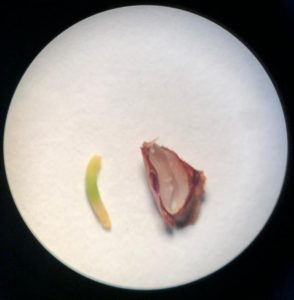
Figura 4. Isolamento di embrioni maturi da semi di Abies nebrodensis
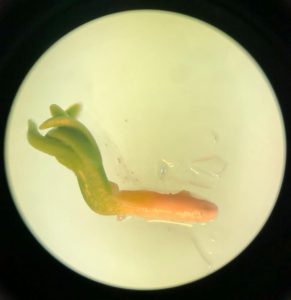
Figura 5. Germinazione in vitro di un embrione di Abies nebrodensis
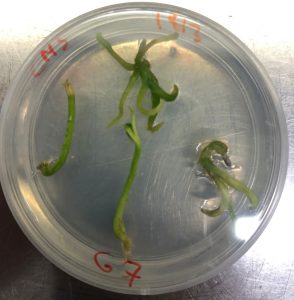
Figura 6. Germinazione e sviluppo in vitro di embrioni di Abies nebrodensis
Presso i due laboratori sono in corso prove di coltura in vitro di embrioni immaturi isolati da coni raccolti nel mese di luglio, al fine di ottenere l’embriogenesi diretta o indiretta. Il callo embriogenico, ottenuto dall’escissione degli embrioni estratti da semi dei coni immaturi dalle piante 6, 8, 10, 15, 16 e 27 presenta un accrescimento piuttosto lento. Vari mezzi di coltura contenenti diversi sali di base e ormoni fitoregolatori sono in fase di sperimentazione. Un migliore accrescimento dei calli sembra favorito dall’apporto di citochinine.
Sono in corso anche prove di germinazione su campioni di polline di Abies nebrodensis conservato a bassa temperatura (Fig. 7).
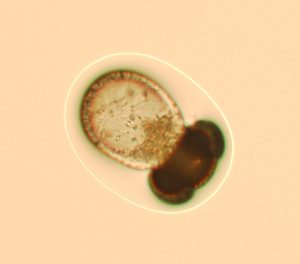
Figura 7: Granulo di polline di Abies nebrodensis in fase di germinazione
Il telerilevamento via drone e le attività di monitoraggio del progetto LIFE4FIR
Il telerilevamento via drone del progetto LIFE4FIR
All’inizio di ottobre 2020 è stato eseguito il rilievo dell’area naturale tramite drone dotato di telecamere multispettrali. Il telerilevamento con drone permette di monitorare lo stato di salute degli alberi e dell’habitat misurando al radiazione riflessa dalla vegetazione.
Il volo col drone ha permesso di acquisire riprese panoramiche dell’habitat e dei singoli alberi del popolamento di Abies nebrodensis.
Esemplare n. 8
Esemplari n. 10 ed 11
Esemplare n. 12
Esemplari n. 16 e 17
Esemplare n. 19
Il monitoraggio fitosanitario e le attività di laboratorio di LIFE4FIR
Il progetto LIFE4FIR prevede il monitoraggio tramite indagini fitosanitarie, effettuate nel novembre 2019 e nell’ottobre 2020. Gli esemplari di Abies Nebrodensis sono stati sottoposti ad un attento esame visivo per valutarne lo stato vegetativo in base alla forma e alla trasparenza della chioma rilevati, al fogliame, alla presenza di parti in sofferenza, disseccate o danneggiate, ed infine in base alla presenza di lesioni.
Analisi in laboratorio per le attività di monitoraggio di LIFE4FIR
I campioni raccolti sono stati analizzati in laboratorio attraverso: osservazioni allo stereomicroscopio, isolamento e coltura di colonie fungine e loro caratterizzazione genetica attraverso l’amplificazione PCR e il sequenziamento di loci target per la loro identificazione. Tutto ciò ha permesso l’identificazione della microflora fungina associata alle alterazioni osservate e di rilevare l’eventuale presenza di patogeni nocivi.
